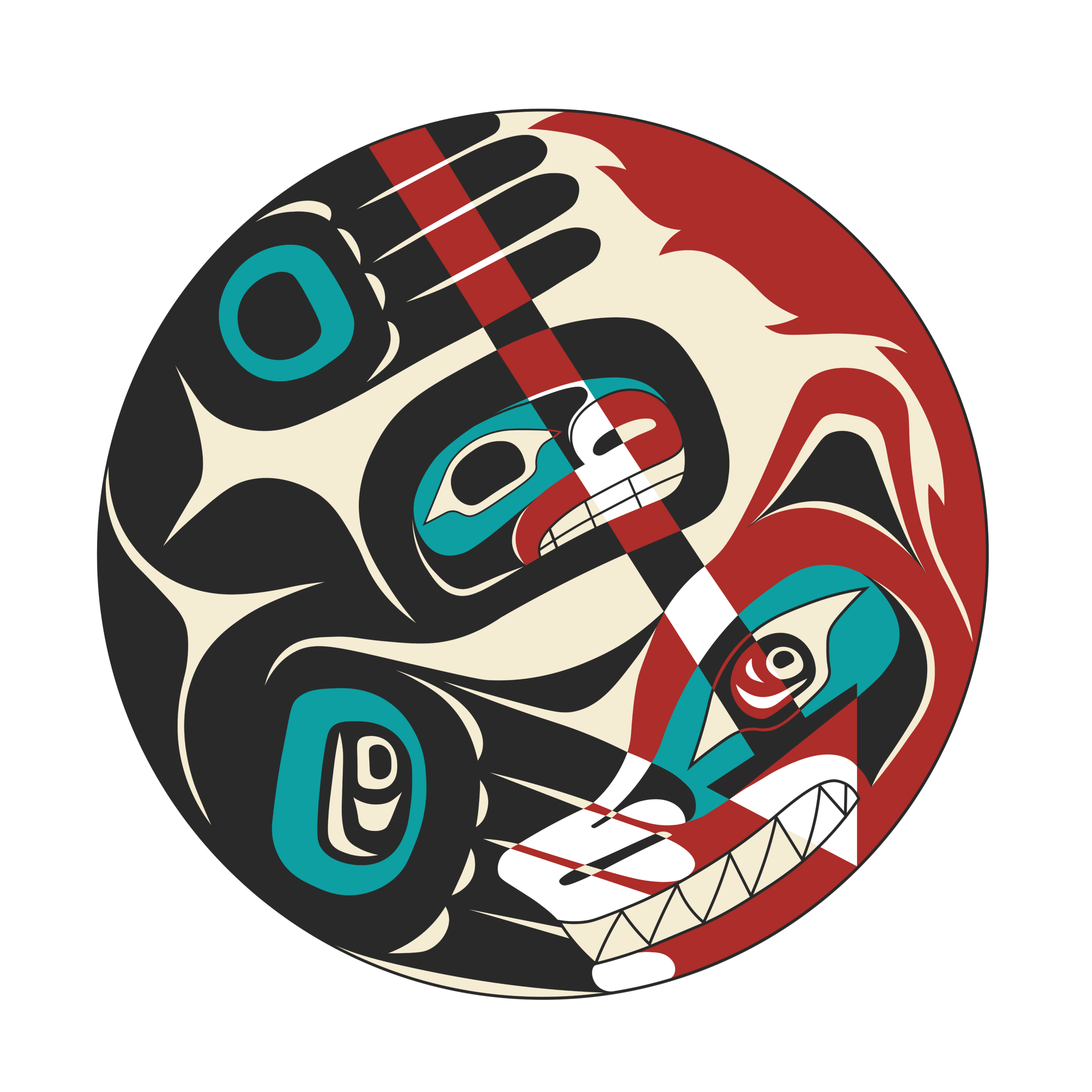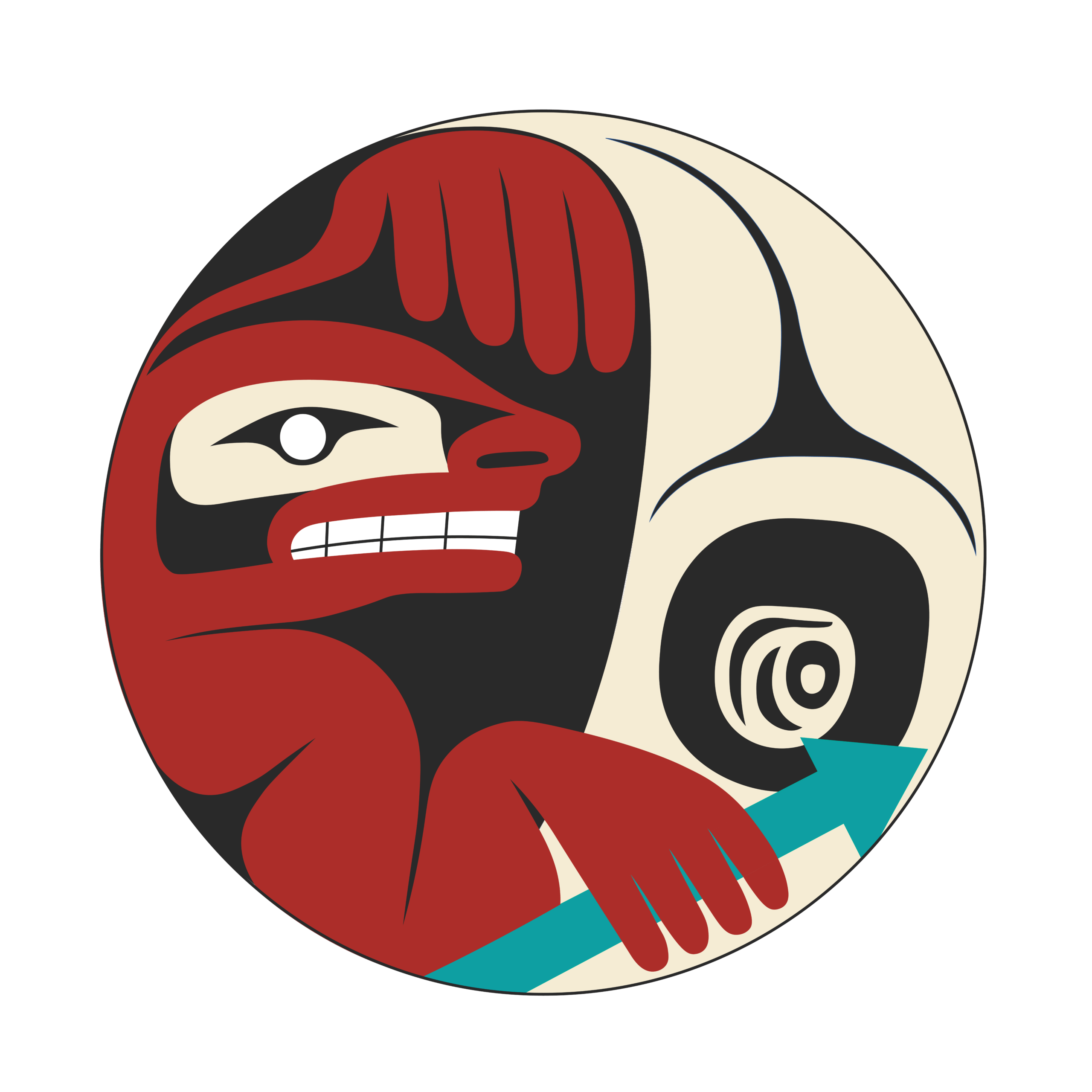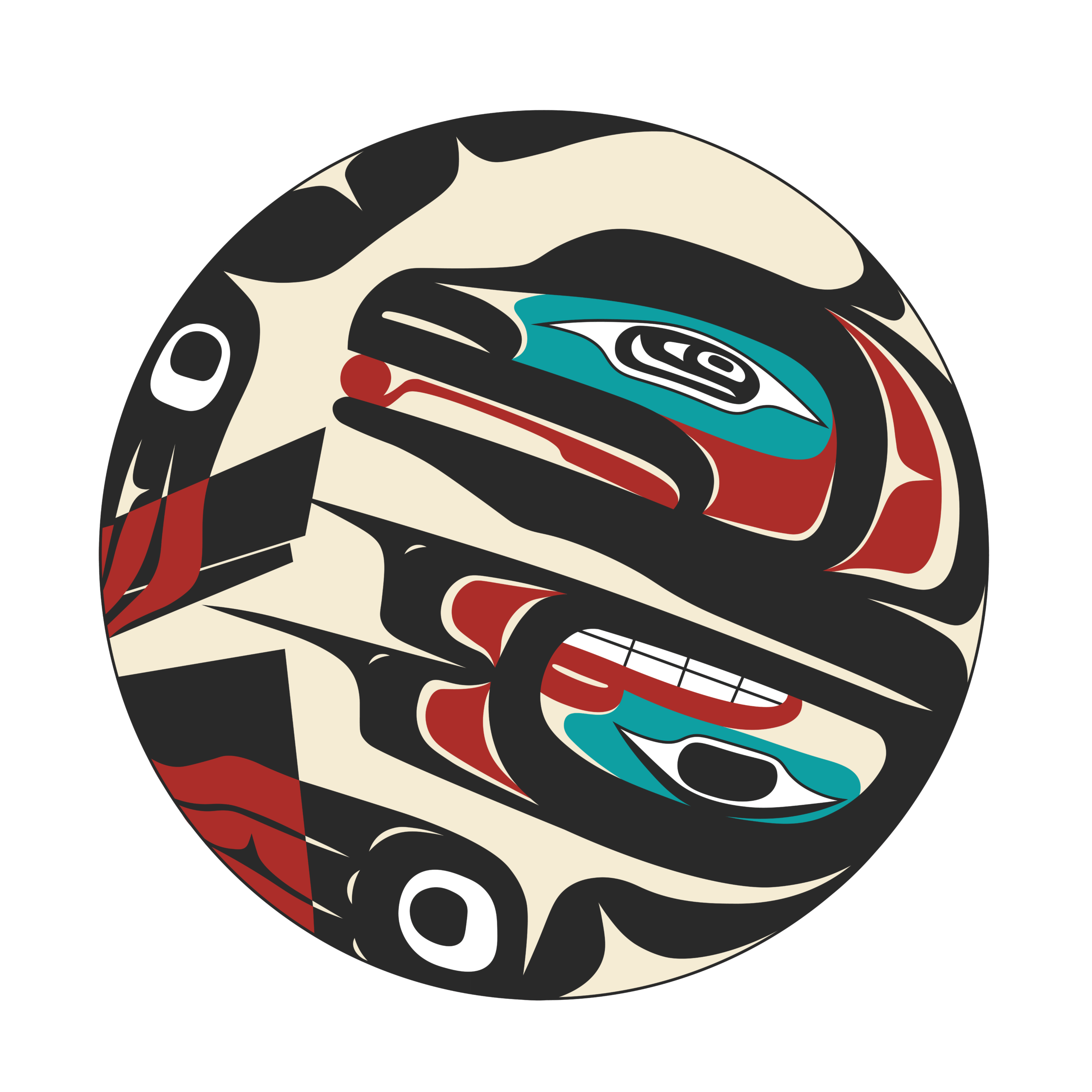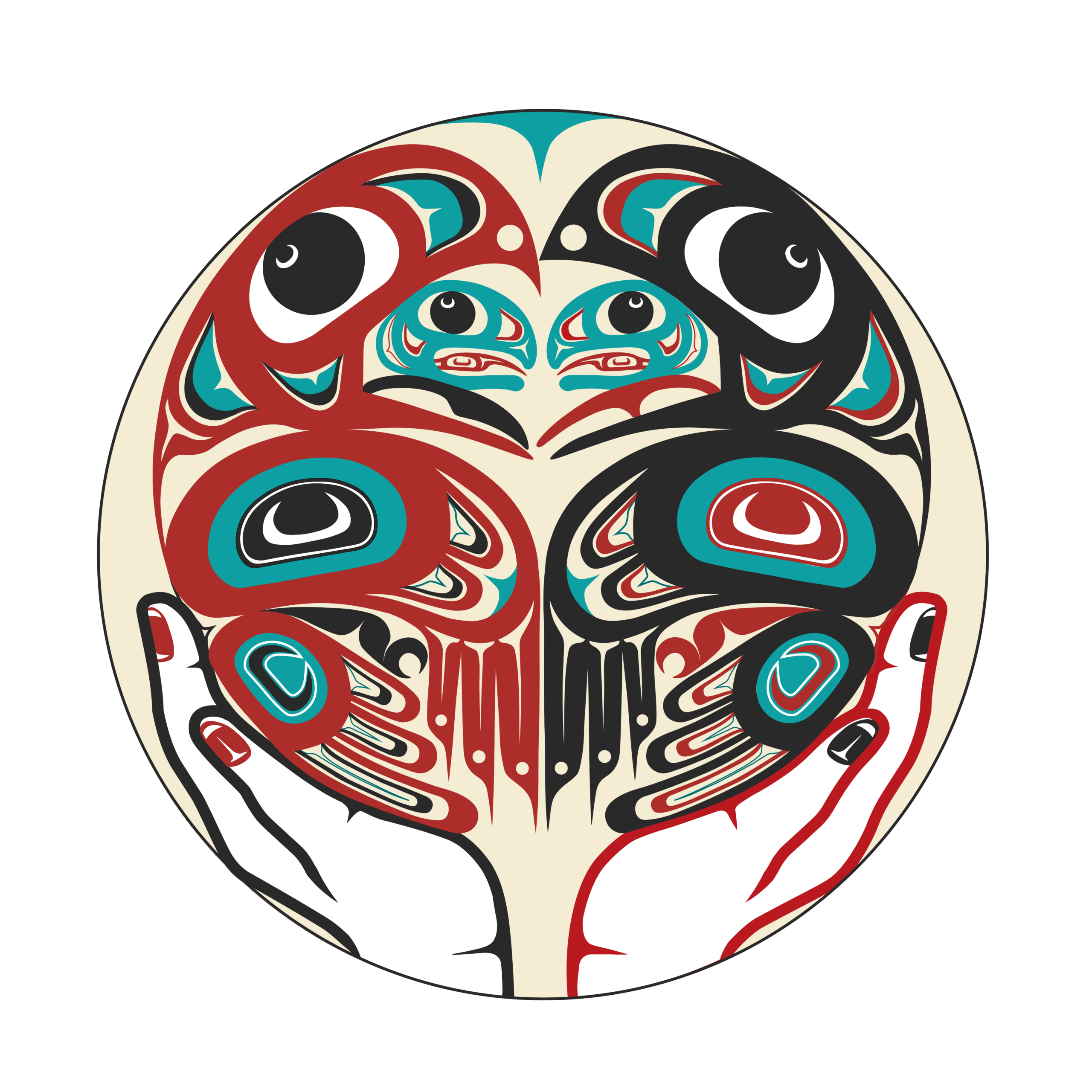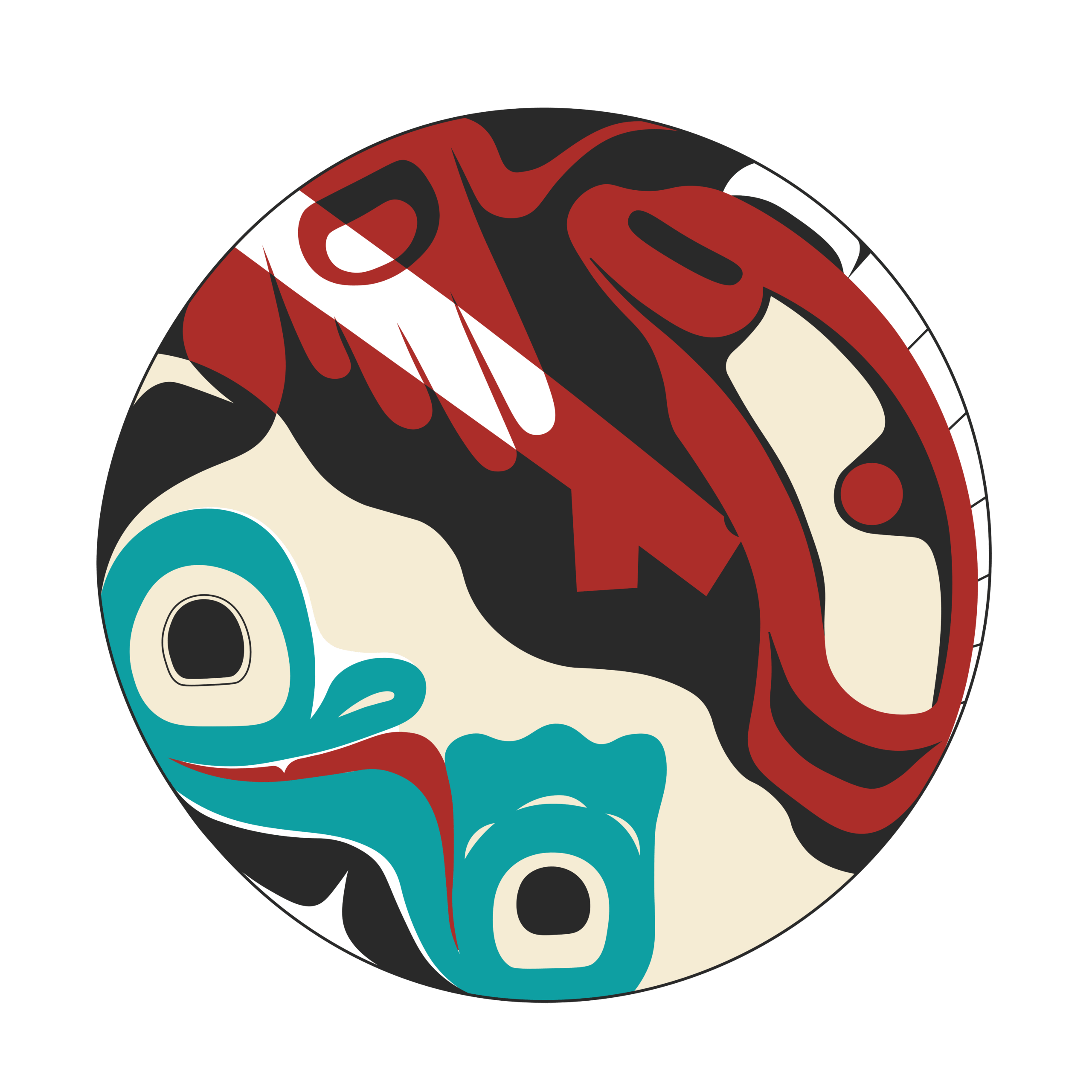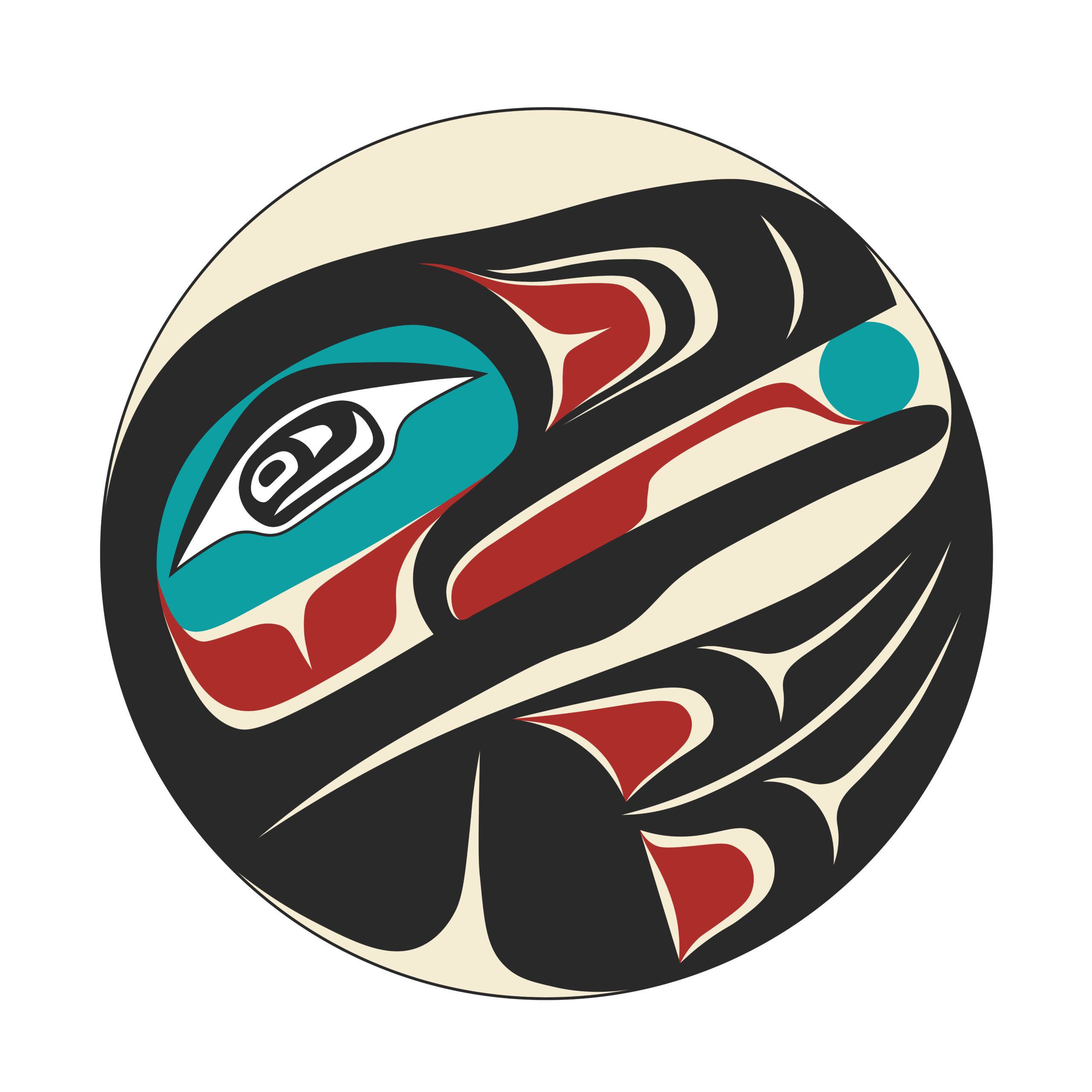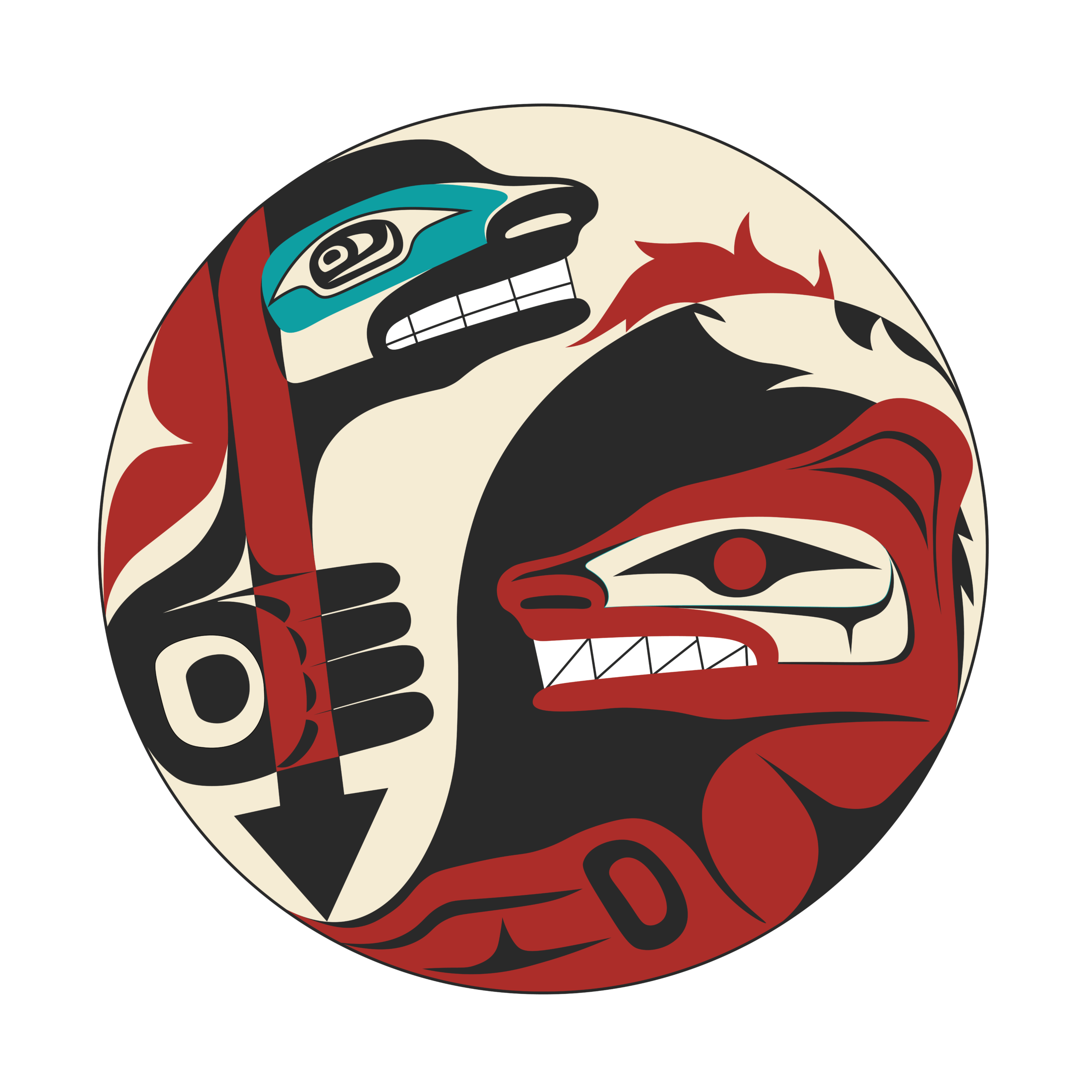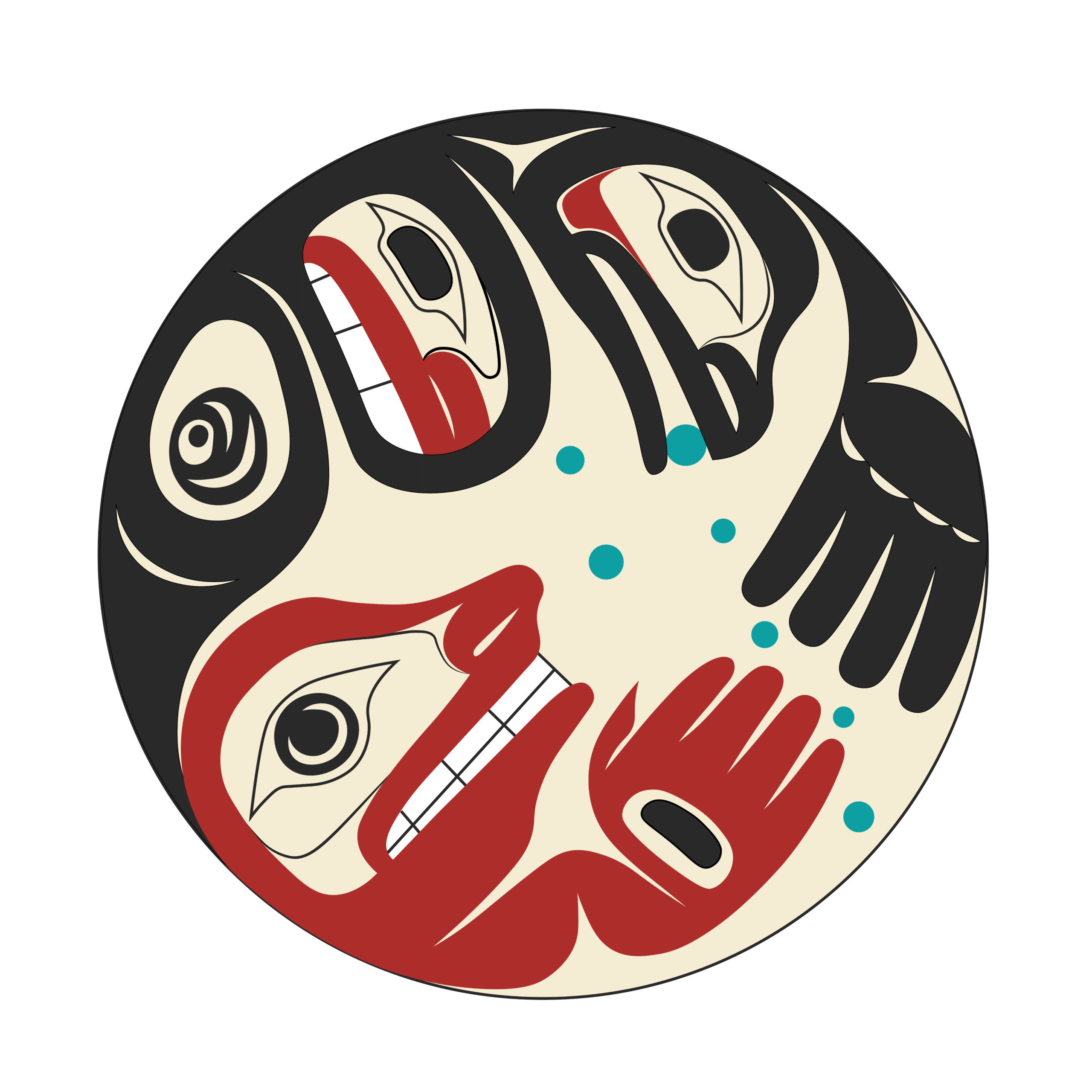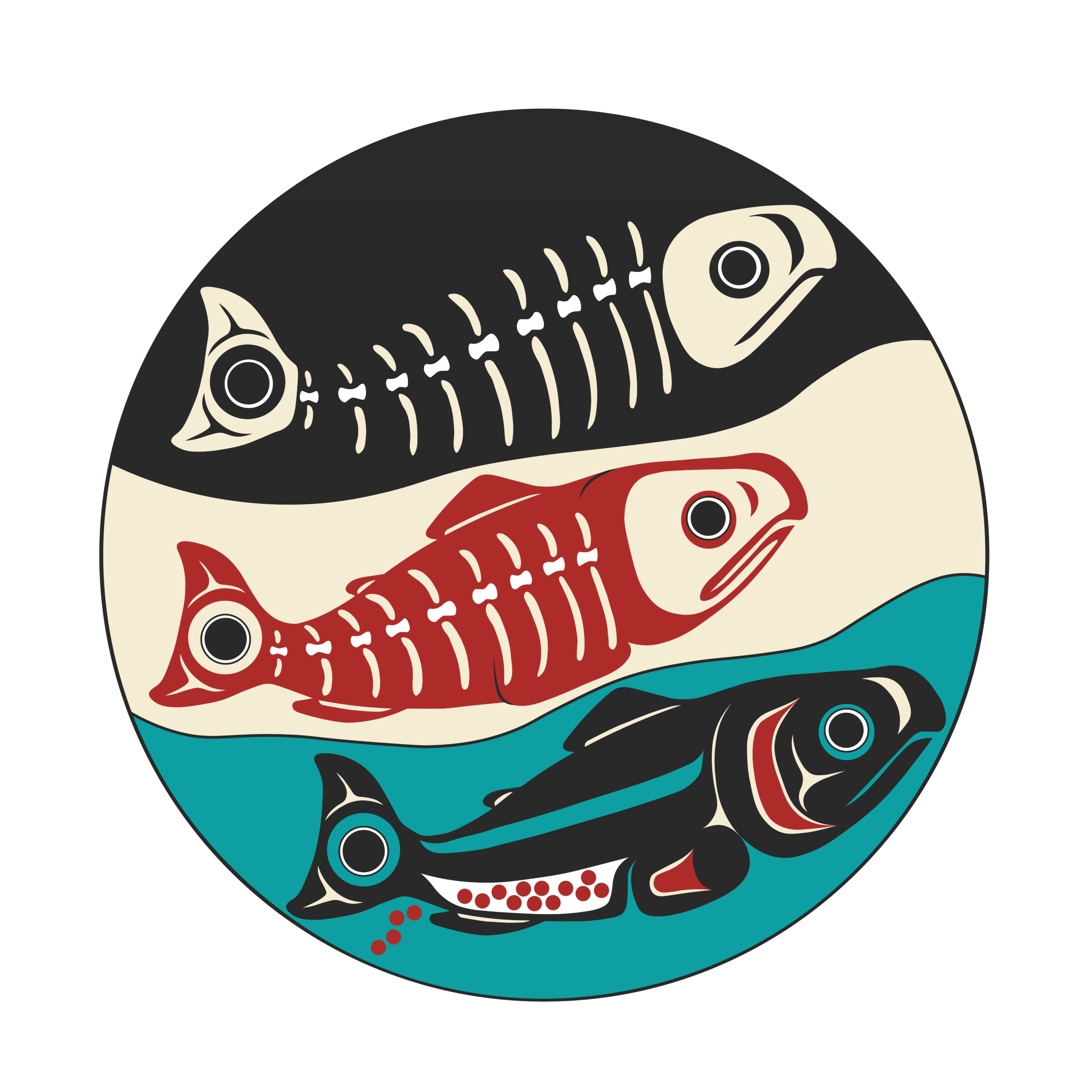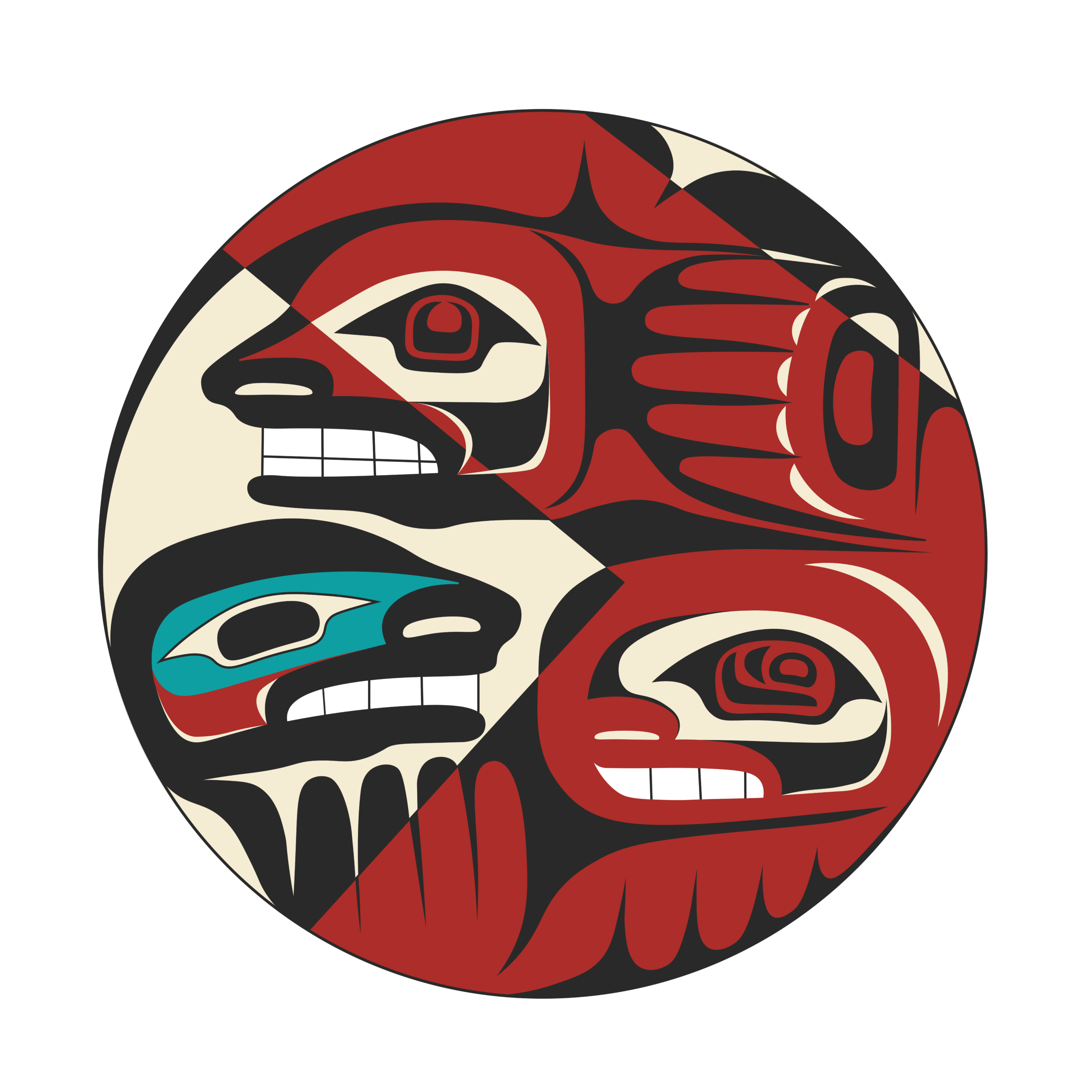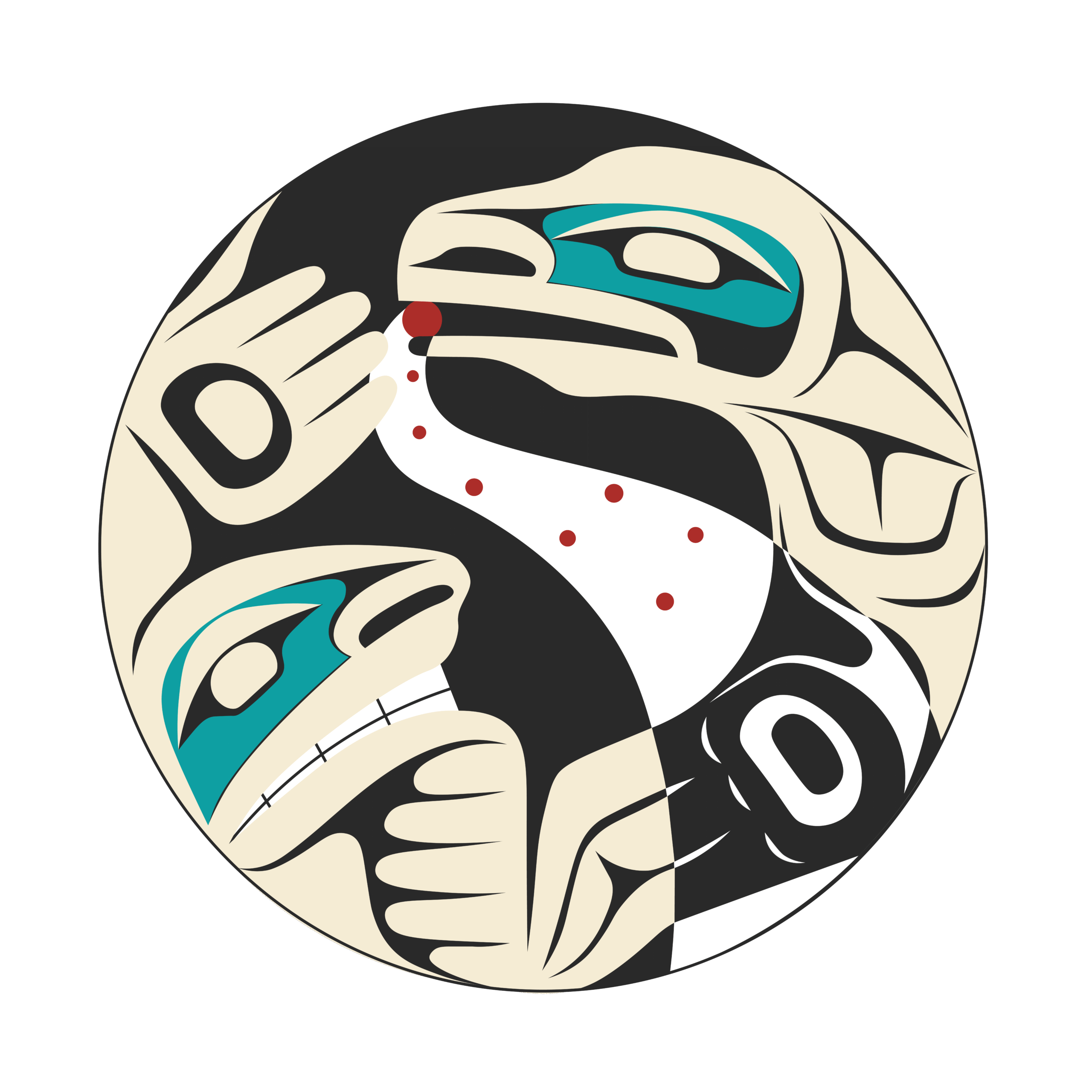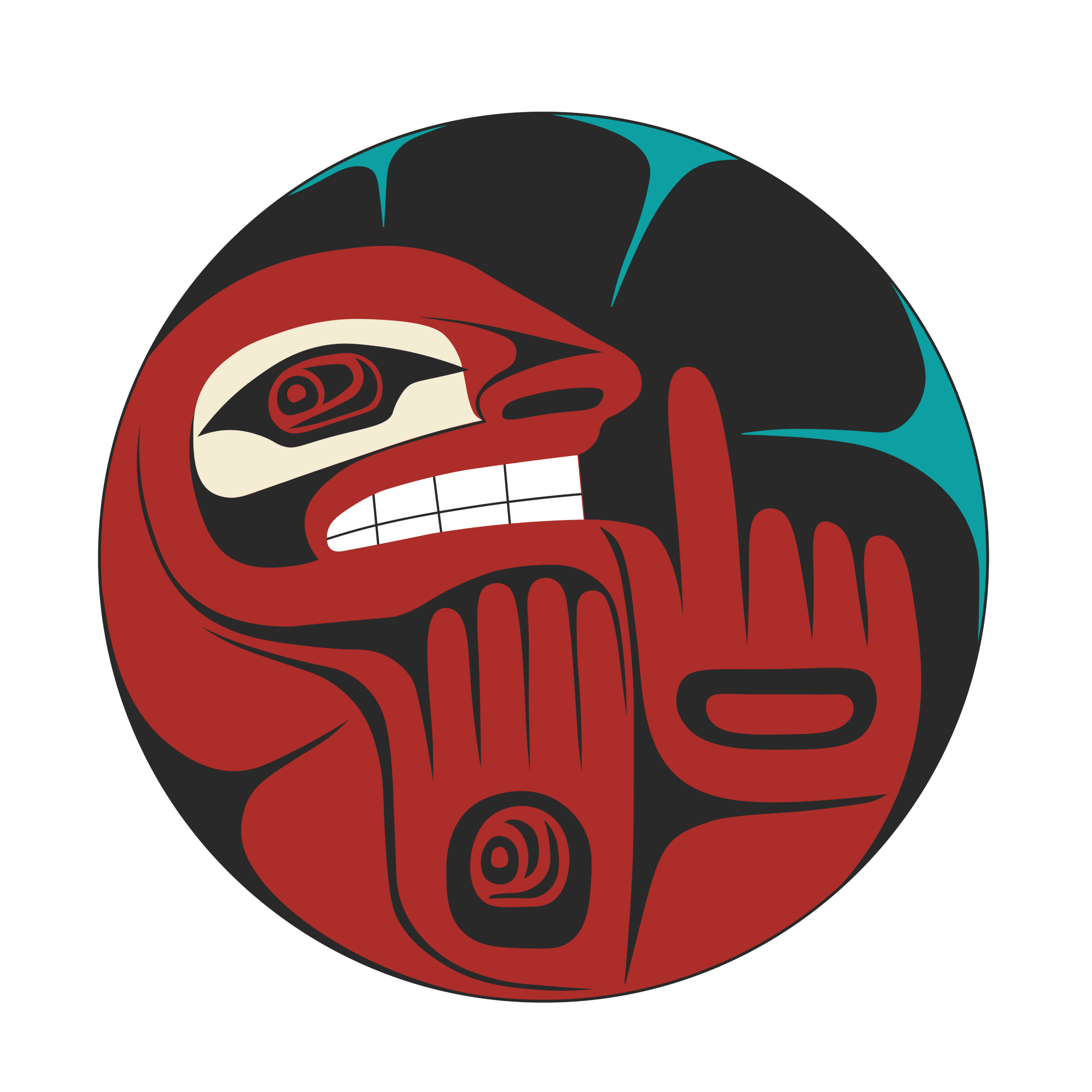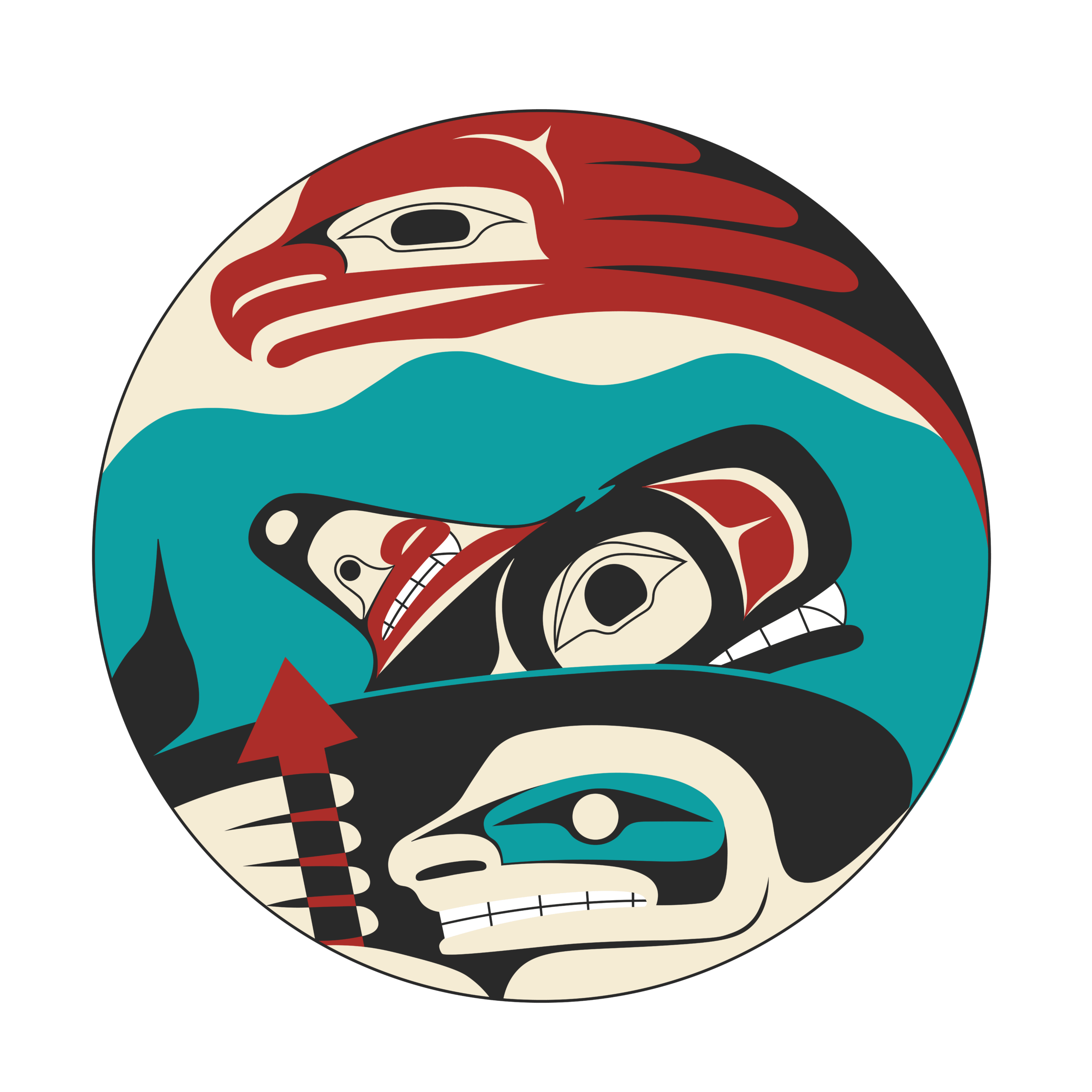Honoring Tribal Values Through Art
Tlingit & Haida invited tribal citizen artists to submit artwork reflecting the 14 Southeast Alaska Tribal Values. Gunalchéesh, Háw’aa — thank you. We extend our deepest gratitude to each artist who responded to the call. The submissions showcased the incredible creativity and talent within our community.
More than 20 years ago, Tlingit, Haida and Tsimshian Elders came together in a historic gathering to affirm and share traditional values. From that meeting, a list of 14 Tribal Values were created. These values were offered as a legacy — a gift of guidance for our children, communities and future generations.
These Tribal Values remain the foundation of how we live, lead, and serve tribal citizens. They reflect the wisdom of our Elders and the strength of a collective vision.
More than 20 years ago, Tlingit, Haida and Tsimshian Elders came together in a historic gathering to affirm and share traditional values. From that meeting, a list of 14 Tribal Values were created. These values were offered as a legacy — a gift of guidance for our children, communities and future generations.
These Tribal Values remain the foundation of how we live, lead, and serve tribal citizens. They reflect the wisdom of our Elders and the strength of a collective vision.
About the Artists
Kari Benolken
Kari Benolken is a digital and formline Haida artist from Craig, Alaska, dedicated to carrying forward the artistry and storytelling of the Northwest Coast tribes.
She studied traditional formline art through her school teacher, Ronnie Fairbanks, from 2006-2013. Learning not only about formline, but also about other elements and mediums of Northwest Coast design.
Rooted in her community and inspired by both her Tlingit and Haida heritage, she creates works that honor her ancestral traditions while exploring new forms of expression. Each piece that is created reflects a balance of cultural depth and contemporary creativity.
Beyond her art, Kari is motivated by her role as a mother and life-long community member, channeling her work into a way of giving back, healing, and preserving identity for current and future generations to come.

Wéidaaká Yóodóohaa, Bill Pfeifer, Jr.
Wéidaaká Yóodóohaa (Bill Pfeifer, Jr) is a Native American Artist who belongs to the Tlingit tribe from Southeast Alaska, now based in Washington. His work, which he calls “Formline Evolved,” is a dynamic fusion of traditional Formline principles with a modern, graphic sensibility. His art is born from a deep connection to his culture and homeland, expressing the ancient stories, values, and beliefs of his people through a contemporary lens.
Taught the basics of formline design by his father, also an artist, Wéidaaká Yóodóohaa’s training was further honed under the privilege of studying with renowned Tlingit master carver Nathan Jackson. This lineage, combined with his studies in graphic design, informs his unique approach to the art form.
While his process often begins with digital tools like Fresco and Illustrator, Wéidaaká Yóodóohaa is a multi-disciplinary artist who brings his designs to life across various mediums, including original acrylic paintings on canvas and hand-painted works on Pacific Northwest cedar.
Today, his mission is to share this powerful art form with a wider audience. He not only sells his work but also teaches the foundational principles of the craft, offering formline painting classes in the Seattle area. Through his art, exhibitions, and teaching, he aims to spread awareness and foster a deeper appreciation for Tlingit culture.

John Trout
John Trout is a Tlingit artist from Ketchikan, Alaska. He began learning his craft at a young age under the guidance of his father, Fred Trout (Tlingit), who apprenticed with Tlingit master carver Nathan Jackson at the carving shed in Saxman, Alaska.
John specializes in formline design and works across a variety of mediums, including painting and carving. His approach shifts depending on the project—whether it leans more toward traditional practices or contemporary interpretations.
He finds deep fulfillment in the creative process, especially in bringing someone's vision to life or contributing to the expression of Tlingit culture. Seeing others connect with and appreciate his work brings him a strong sense of joy and accomplishment.


